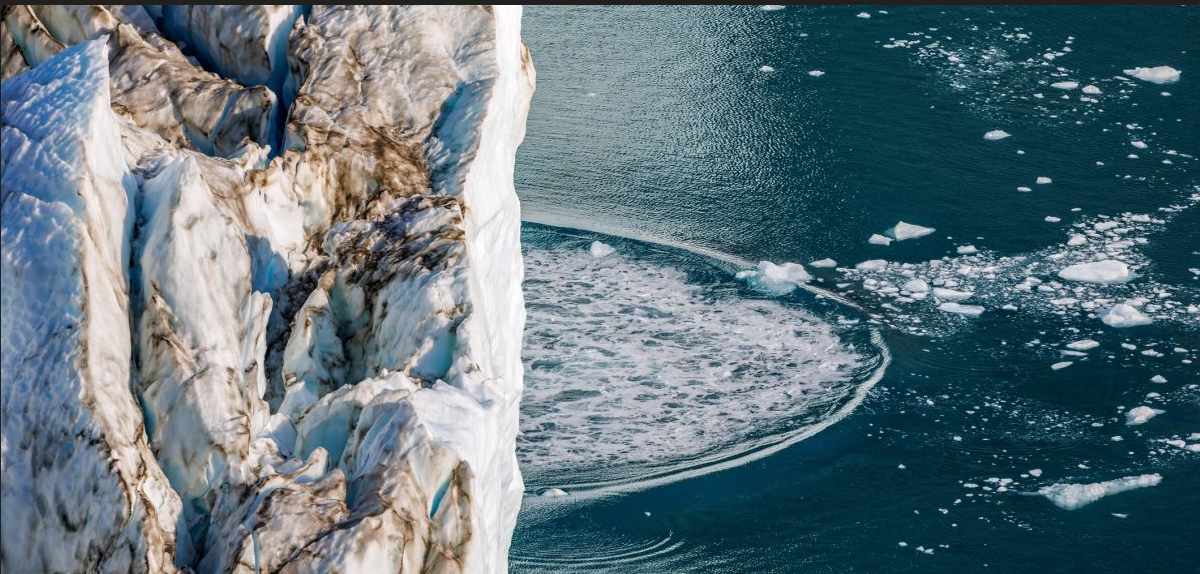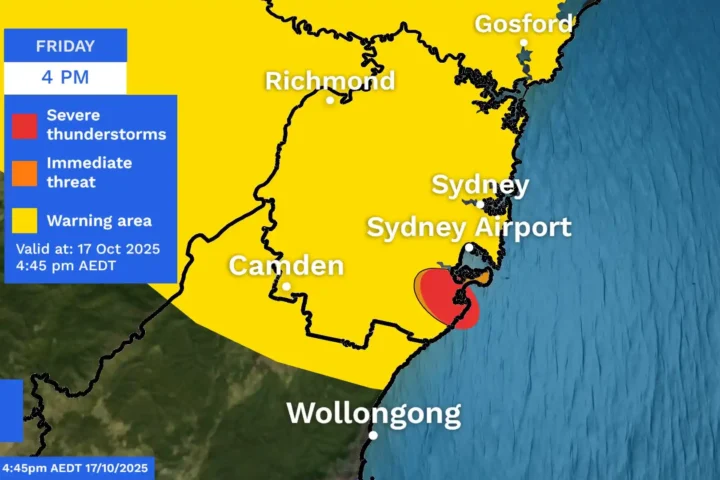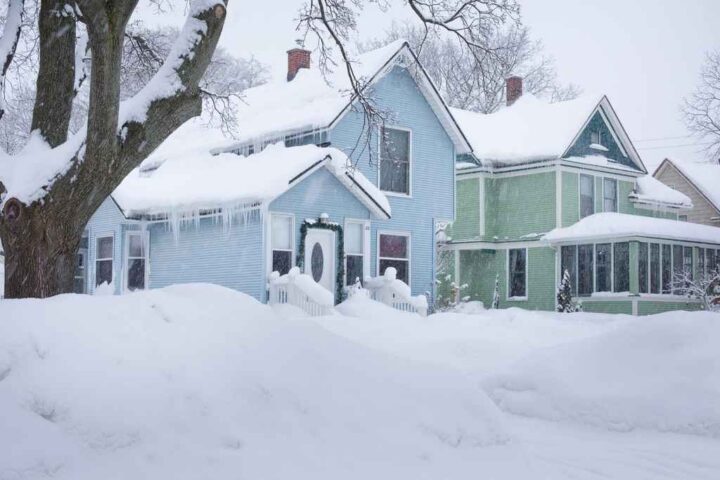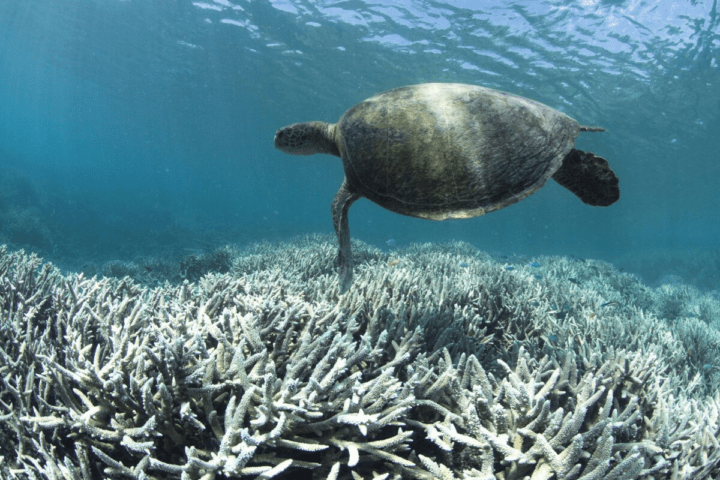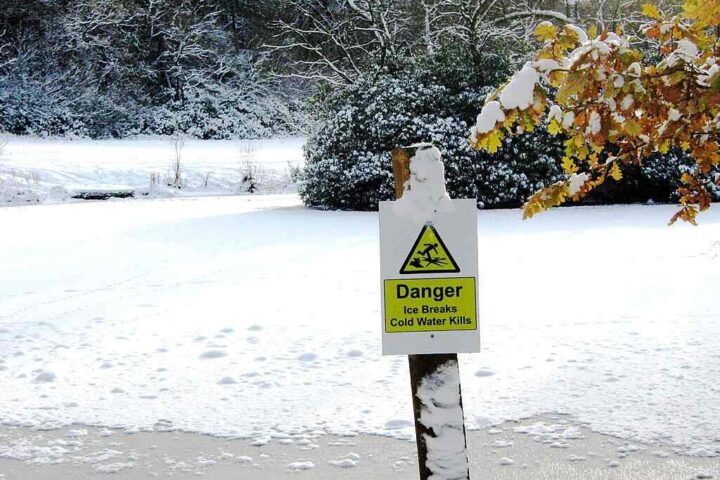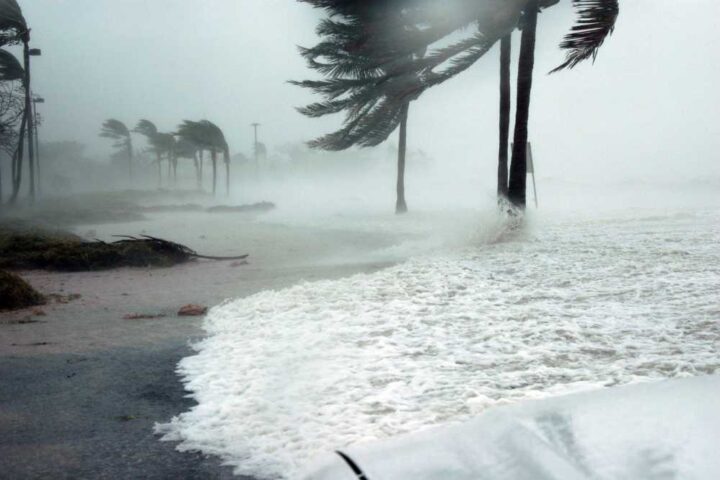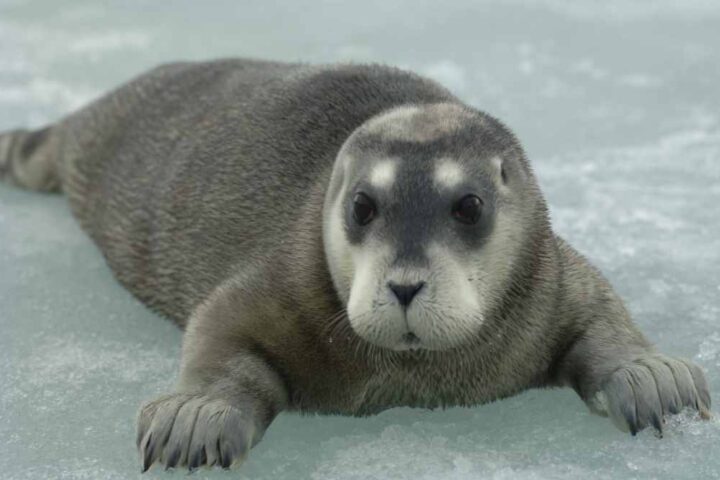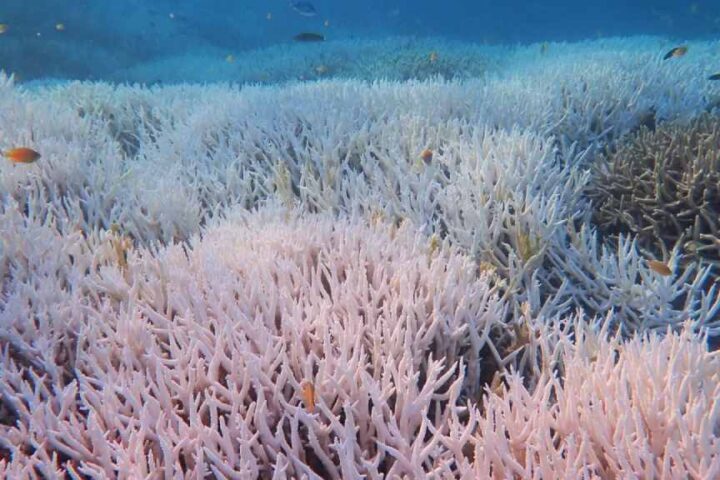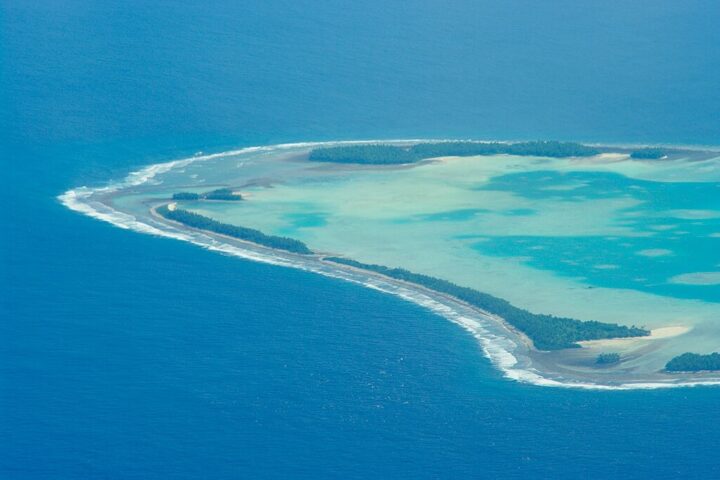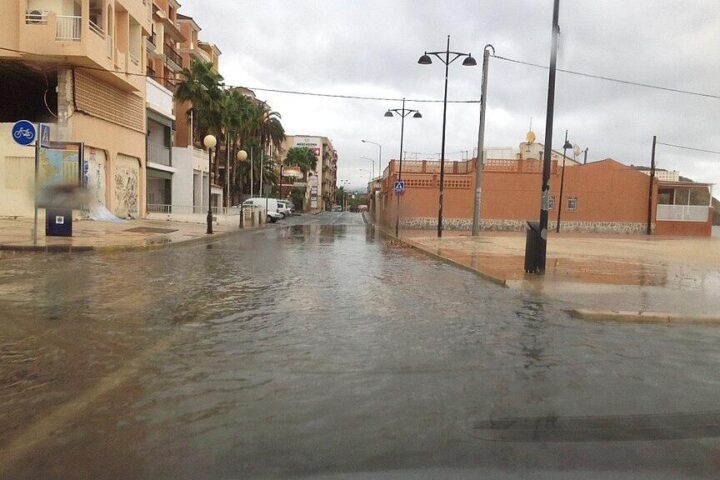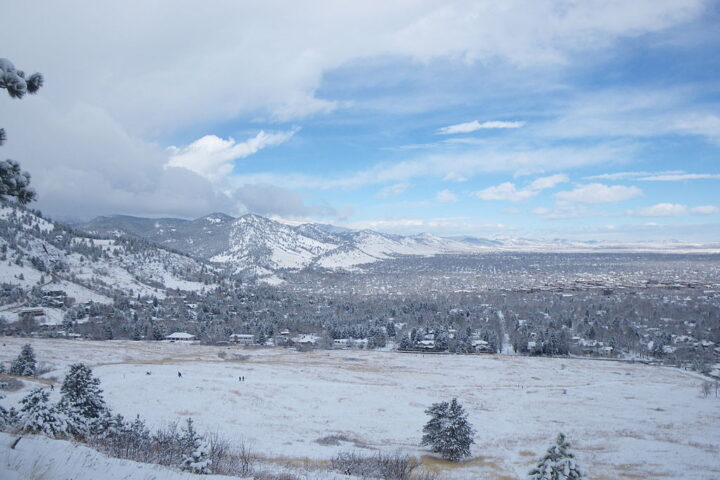A massive wall of water, taller than a 60-story building, crashed through a remote Greenland fjord last year. This wasn’t just any tsunami – it was powerful enough to shake the entire planet for nine straight days.
On September 16, 2023, more than 25 million cubic meters of rock and ice – enough to fill 10,000 Olympic swimming pools – broke free from a mountainside and plunged into Dickson Fjord in eastern Greenland. The impact created a mega-tsunami with waves reaching 650 feet (200 meters) high.
What makes this event truly remarkable isn’t just the wave’s height. The narrow fjord, with its towering 6,000-foot cliffs, trapped the tsunami. Instead of dissipating, the water sloshed back and forth like water in a bathtub, creating what scientists call a “seiche” (pronounced “saysh”).
“It was a big challenge to do an accurate computer simulation of such a long-lasting, sloshing tsunami,” said Alice Gabriel of UC San Diego’s Scripps Institution of Oceanography.
This rhythmic water movement pressed against the seafloor like a giant piston, generating seismic waves that traveled through Earth’s crust. Seismic stations from Alaska to Australia recorded an unusual pulse repeating every 90-92 seconds for nine days straight – a pattern unlike any normal earthquake.
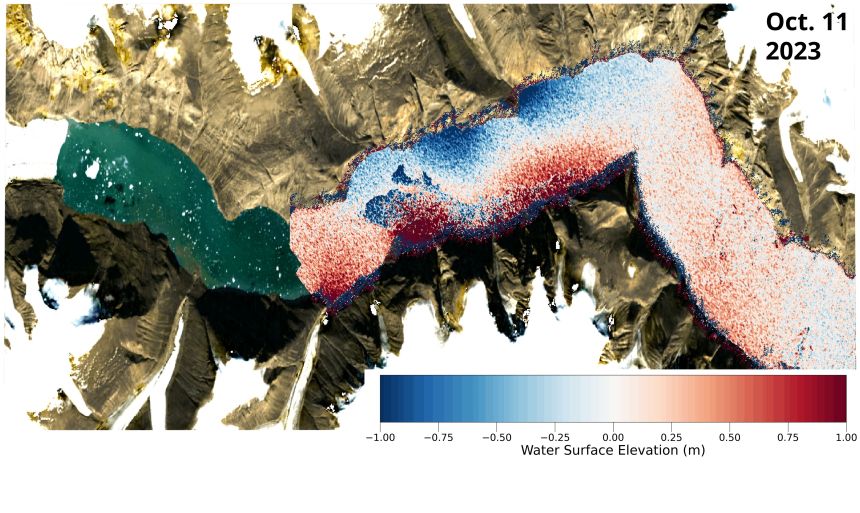
“When we set out on this scientific adventure, everybody was puzzled and no one had the faintest idea what caused this signal,” said Kristian Svennevig of the Geological Survey of Denmark and Greenland. “We only managed to solve this enigma through a huge interdisciplinary and international effort.”
The mystery drew over 68 researchers from 40 institutions across 15 countries. Even with this collective brainpower, solving the puzzle required cutting-edge technology.
A new satellite called Surface Water and Ocean Topography (SWOT), launched in December 2022, provided the breakthrough. Unlike older satellites that only measure a thin line of ocean surface directly below them, SWOT can map water height across a 50-kilometer swath with unprecedented detail.
Similar Posts
Thomas Monahan from the University of Oxford, who led the research, explained: “Climate change is giving rise to new, unseen extremes. These extremes are changing the fastest in remote areas, such as the Arctic, where our ability to measure them using physical sensors is limited.”
The Dickson Fjord event is directly linked to climate change. As glaciers melt, they remove natural support that once held mountainsides in place. This process makes slopes increasingly unstable and prone to collapse.
Similar instability triggered a deadly tsunami in Greenland’s Karrat Fjord in 2017, destroying 11 houses and killing four people. The Dickson Fjord sits near popular cruise routes, raising concerns about future risks as Arctic tourism grows.
“This study demonstrates how advanced satellite data can finally illuminate phenomena that have eluded us for years,” said Professor Thomas Adcock from Oxford. “We’re now gaining new insights into oceanic extremes like tsunamis, storm surges, and rogue waves.”

Scientists are now developing early warning systems that combine satellite data with real-time seismic monitoring. These systems could provide critical minutes of warning for ships and settlements in high-latitude regions.
The Dickson Fjord mega-tsunami serves as a stark reminder that as our climate changes, we face new dangers we’re only beginning to understand – even in the most remote corners of our planet.
